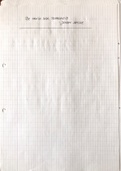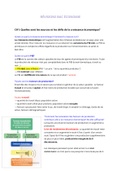Summary
Summary International Money and Finance. Chapter 4 and 6.
- Module
- Institution
- Book
Summary of week 2 of the course International Money and Finance. Including chapter 4 and 6 of the book International Finance by Keith Pilbeam and Franc Klaassen.
[Show more]











